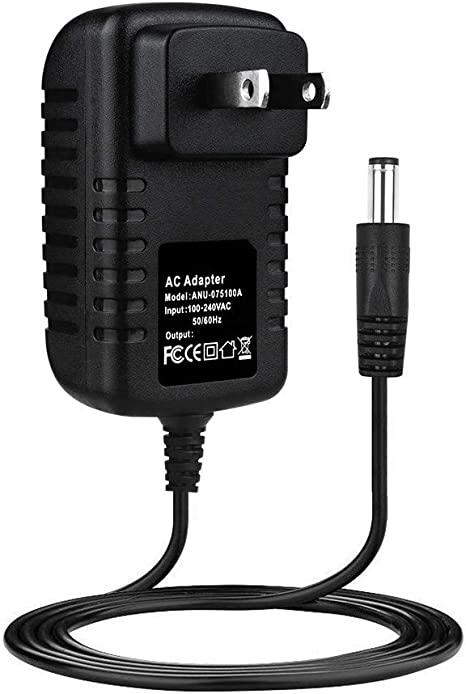The photoelectric experts in the Space and Airborne Systems Division of Raytheon will help US military researchers develop new basic avionics and photoelectric sensors for in-vehicle electronic devices for target recognition and tracking. The total number of project contracts is 19.4 million USD. Raytheon will be responsible for part of the second phase of the "Military Imaging and Surveillance Technology-Remote (MIST-LR)" project, which is funded by the Advanced Research Projects Agency (DARPA) of the US Department of Defense.
The MIST-LR project of the DARPA Strategic Technology Office is dedicated to the development of remote geometric and three-dimensional imaging technologies to capture targets that exceed the diffraction limit of the physical aperture of the receiving system. The project focuses on new sensing methods including computational imaging, synthetic aperture imaging, digital holography, multi-static lidar, and angle-resolved imaging based on optical transmission analysis.
Raytheon and Trex jointly participated in the MIST-LR project. Trex was awarded the second phase contract of the MIST-LR project awarded by DARPA earlier this month, with a value of $ 23.6 million. So far, only 2 contractors have been selected to participate in this project, and then other contractors will be involved.
DARPA officials said that currently practical optical sensors help to identify targets, but their size and scope of action are limited. The MIST-LR project seeks to develop new sensing methods to address the physical aperture limitations of imaging receivers. Atmospheric turbulence, receiver array characteristics, light source power, and image formation algorithms are the main determinants of active imaging systems. The technical focus of this project is: 2D and 3D image resolution, system link budget and image signal-to-noise ratio, image quality, contrast and automatic recognition capabilities, maximum relative target movement, image acquisition and processing time, image gaze field and Operating range, image size and coverage, image frame rate, transceiver target selection and steering, target recognition, differential scene motion for detection, system size, weight and power requirements, turbulence effect compensation, manufacturability and affordability .

15v wall charger,15 Watt Power Supply,15v ac dc adapter,AC Wall Charger Power Adapter,AC/DC Charger Power Supply Switching Adapter,DC 15V Global AC / DC Adapter,15VDC Power Supply Cord Cable Wall Charger,15VDC800 Charger PSU
Shenzhen Waweis Technology Co., Ltd. , https://www.huaweishiadapter.com